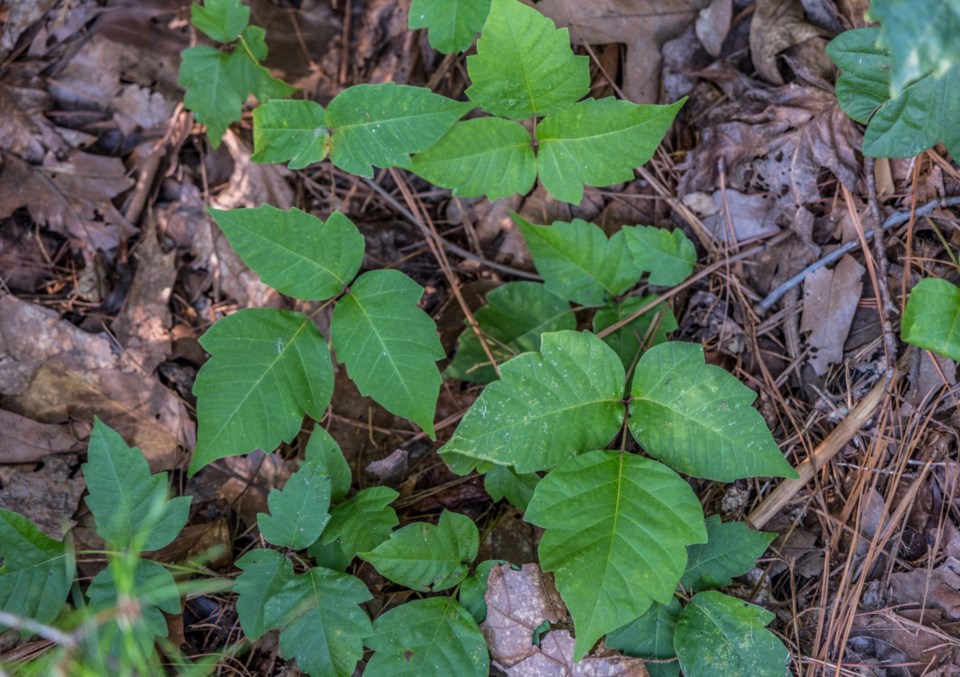Spring and summer in North Texas are full of beautiful plants, but poison ivy can be a hazard, especially as the weather gets warmer in Texas.
Here’s what to know about poison ivy and how to stay safe.
What Does It Look Like?
Poison ivy leaves grow in clusters of three usually with one larger leaf on the end of the stem and two slightly smaller leaves flanking it. The foliage of this plant has smooth, toothed or deeply notched edges. In spring, the new leaves display a reddish hue, while the withering leaves turn yellow. During autumn, the foliage displays a spectrum of yellow, orange and red hues. The plant produces clusters of small greenish-white flowers in spring and white waxy berry-like fruits during the fall.
Where Does It Grow?
Poison ivy is a highly adaptable plant that can thrive in almost any type of environment across Texas, with the exception of the western Panhandle. Poison ivy typically grows in wooded areas, especially at the edges where there is some sun, such as walking or hiking trails.
How To Stay Safe
To protect yourself from poison ivy, it's crucial to learn how to recognize the plant and wear appropriate protective clothing. In case of contact, remove the clothing carefully and wash it thoroughly. This step is particularly important as the resin from the plant can linger on garments indefinitely and potentially cause infection to anyone handling them.
What To Do If Exposed
If exposed to poison ivy on bare skin, wash the affected area immediately with soap and lots of water to minimize or eliminate the potential effects. If the exposure goes unnoticed and causes a reaction, the recommended treatment involves keeping the area clean and dry while applying topical hydrocortisone creams or lotions. To relieve itching, cool the affected areal. If the reaction is severe, seek medical attention as prescription-strength products are available.
Hazards
Contact with the juice or sap of these plants or a puncture wound from their thorns can lead to skin rash or irritation. Ingestion of these plants may result in minor symptoms such as vomiting, diarrhea, or rash. However, ingestion in significant quantities can cause severe effects. If a person or pet ingests the plant, call poison control at 1-800-222-1222.
Poison ivy can be identified pretty easily, so if you see any while out and about just steer clear.




